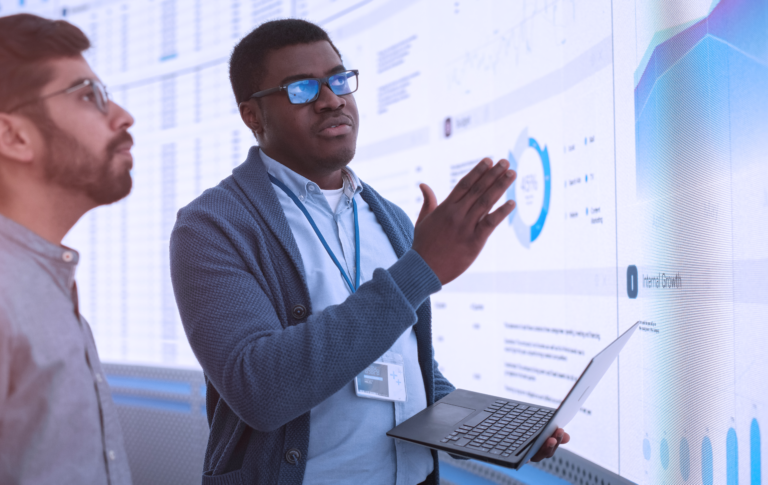Injuries / Diseases / Fatalities
Injury or Disease:
Any injury or disease resulting from a work-related event or exposure to a noxious substance. Disease, as distinct from a physical injury, results from conditions in the work environment.
Lost Time Claim:
An injury where a worker is compensated by a Board/Commission for a loss of wages following a work-related injury (or exposure to a noxious substance), or receives compensation for a permanent disability with or without any time lost in his or her employment (for example, if a worker is compensated for a loss of hearing resulting from excessive noise in the work place).
NOTE: Ontario and Newfoundland & Labrador do not include claims that receive compensation for a permanent disability without any time lost.
Fatality:
A death resulting from a work-related incident (including disease) that has been accepted for compensation by a Board/Commission.
NOTE: A lost time claim resulting in an accepted fatality is reported as a lost time claim and as a fatality. Fatalities that result from an accepted lost time claim and are accepted outside of the time loss reference period from 1993-2008 may be under-reported as not all jurisdictions captured these fatalities.
Reference Periods
Reference Period – Lost Time Claim:
The standard reference period for reporting a lost time claim is the calendar year; but, the data may have been compiled by a Board/Commission on a fiscal-year basis. This report contains lost time claims by calendar year of injury (or diagnosis in case of a disease) that had been accepted for payment during the year of the accident, or the three-month period immediately following the reference year.
Reference Period – Fatality:
The standard reference period for a fatality is recorded during the year that the claim was accepted as a fatality by a Board/Commission, not the year when the incident causing the death occurred.
Code Variables
Age:
Age groups of 5 year periods starting at 15-19 up to 65 and over.
Event or Exposure:
The event or exposure that directly resulted in the injury/disease.
Gender:
Male, Female.
Industry:
A group of enterprises (for example, companies or establishments) that are engaged in the same or similar kind of economic activity. Boards/Commissions classify businesses according to their industrial activity for administrative purposes.
Nature of Injury/Disease:
The principal physical characteristics of an injury/disease.
Occupation:
The principal activity a person is engaged in at his or her place of work. The occupation of an injured or ill employee is coded according to the National Occupational Classification.
Part of Body:
The injured/diseased part of body directly affected by an injury/disease.
Source of Injury/Disease:
The object, substance, exposure or bodily motion that directly inflicted the injury/disease.
Codes
Not Coded:
“Not Coded” is used when the variable is left blank in a record. The proportion of “Not Coded” data requires consideration, particularly when making comparisons over time.
Unknown/Unclassifiable:
This code, 99990, is used when there is no information available to code the variable.
UNS:
Unspecified. UNS codes are used within a code title when there is insufficient detail to code at a more detailed level.
NEC:
Not elsewhere classified. NEC codes are used within a code title when the information in the source documents does not fit any of the code descriptors provided.

